Citroen Basalt vs Tata Curvv Spec Comparison: Powertrains, Features and More Explained
Tata is due to announce the prices of the Curvv on September 2, although there have been reports of a starting price of Rs 10 lakh (ex-showroom).
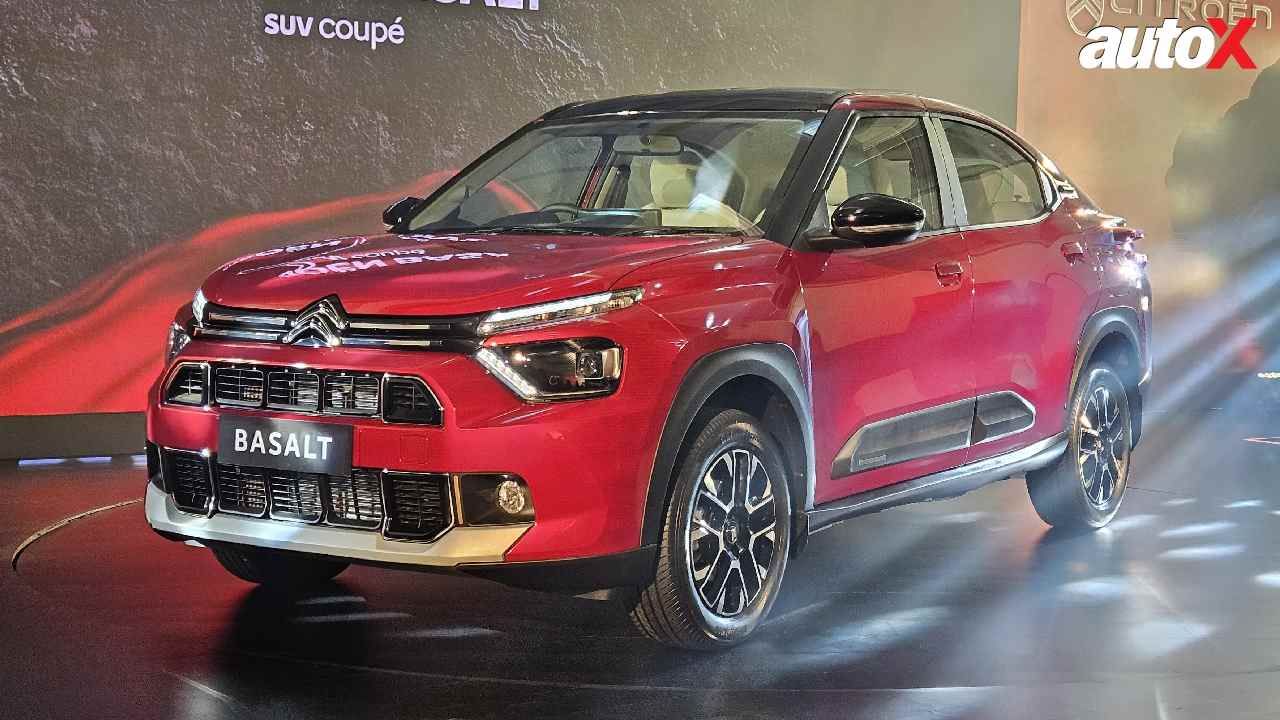
A new Citroen coupe-SUV made its India debut in early August. Called the Basalt, it is the French manufacturer's fourth model for India under the C-Cubed programme, and sits on the same Stellantis Smart Car platform as the C3 and the C3 Aircross. The Citroen Basalt enters the mid-size SUV segment with a starting price of Rs 7.99 lakh (ex-showroom), while its direct rival – the Tata Curvv – is scheduled to be launched on September 2 in India. The Curvv is based on Tata's new vehicle architecture called ATLAS (Adaptive Tech Forward Lifestyle Architecture), which supports multiple powertrain options. Let's compare the two models and find out more:
At 4,352mm long, the Citroen Basalt is 44mm longer than the Tata Curvv. It features a 2,651mm-long wheelbase, about 91mm longer than the upcoming Curvv. Having said that, the Curvv measures 1,810mm in width and 1,630mm in height, making it 45mm wider and 37mm taller than the Basalt. Whereas the Curvv offers 500 litres of boot space, the Basalt comes with 30 litres less space than the Curvv.

Also Read: Citroen Basalt Coupe SUV Launched at Rs 7.99 Lakh in India
Citroen Basalt vs Tata Curvv: Design
Both models are mid-size coupe SUVs, but there are some differences. While the Basalt's sloping roofline extends down into the boot lip, the Curvv's tapers sharply as it comes to the back. Another difference can be spotted in terms of wheel size. The Basalt rides on smaller 16-inch alloy wheels, whereas the Curvv comes with 18-inches wheels. They also differ when it comes to door handles – the Curvv offers pop-out flush door handles, but the Basalt makes do with pull-type door handles.
When viewed from the front, the Curvv resembles the Nexon and the Harrier, whereas the Basalt resembles the C3 Aircross. The rear end of the Basalt is relatively simple with heavy cladding, wrap-around taillamps, and the Basalt logo. Meanwhile, the Curvv gets connected LED taillamps, a dual-finned roof-mounted spoiler, and lots of cuts & creases.
Citroen Basalt vs Tata Curvv: Powertrain
Under the hood, the Tata Curvv gets three engine options – a 123bhp, 1.2-litre direct injection turbocharged petrol (Hyperion); a 118bhp, 1.2-litre turbo-petrol engine (Revotron); and a 116bhp, 1.5-litre diesel (Kryotec). All three engines are mated to a 6-speed manual (standard) and a 7-speed dual-clutch automatic gearbox.
On the other hand, Basalt uses the company's Gen 3 Puretech petrol mill with a 1.2-litre capacity. This unit can be had in two configurations: naturally aspirated (NA) and turbo, both with three cylinders. The former makes 80bhp and 115Nm of peak torque, while the latter produces 109bhp and 205Nm of torque. The turbo-petrol engine is available with either a six-speed manual or a six-speed torque converter automatic gearbox, but the NA petrol engine gets a five-speed manual gearbox only.
Citroen Basalt vs Tata Curvv: Features
The Curvv packs more features than the Basalt. The former offers a panoramic sunroof, powered seats, ventilated front seats, electronic parking brake, a 360-degree camera, and a bigger, 12.3-inch infotainment system, whereas the latter features a smaller, 10.2-inch infotainment system with wireless Android Auto/Apple CarPlay. Rather than a 360-degree camera, the Basalt offers a rear-view camera. Common bits include wireless charging, a tyre pressure monitor, six airbags, LED projector headlamps, and automatic climate control.
Also Read: Tata Curvv EV Bookings Commence in India, Claims 585km Range
As mentioned, Tata has yet to announce the prices of the Curvv, although there have been reports of a starting price of Rs 10 lakh (ex-showroom). If this is confirmed, the Curvv would be about Rs 2 lakh more expensive than the Basalt, which starts at Rs 7.99 lakh (ex-showroom). The full price list of the Citroen Basalt is expected to be revealed later this month.




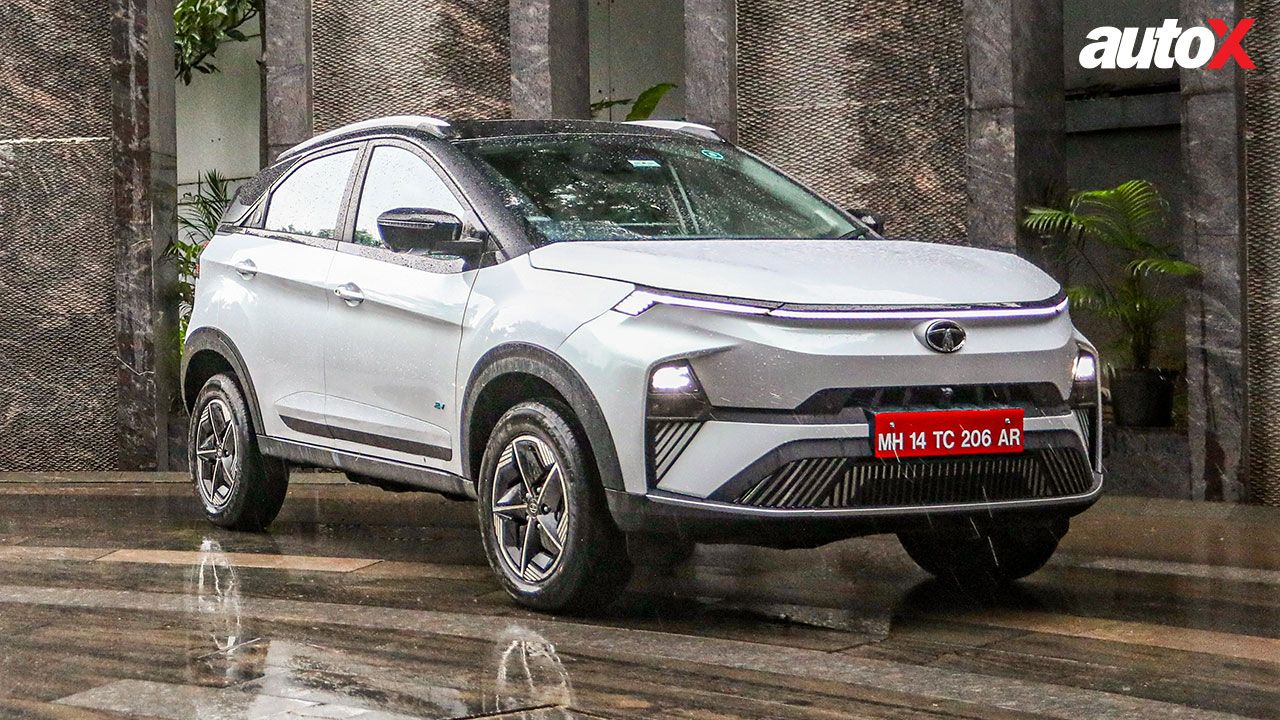
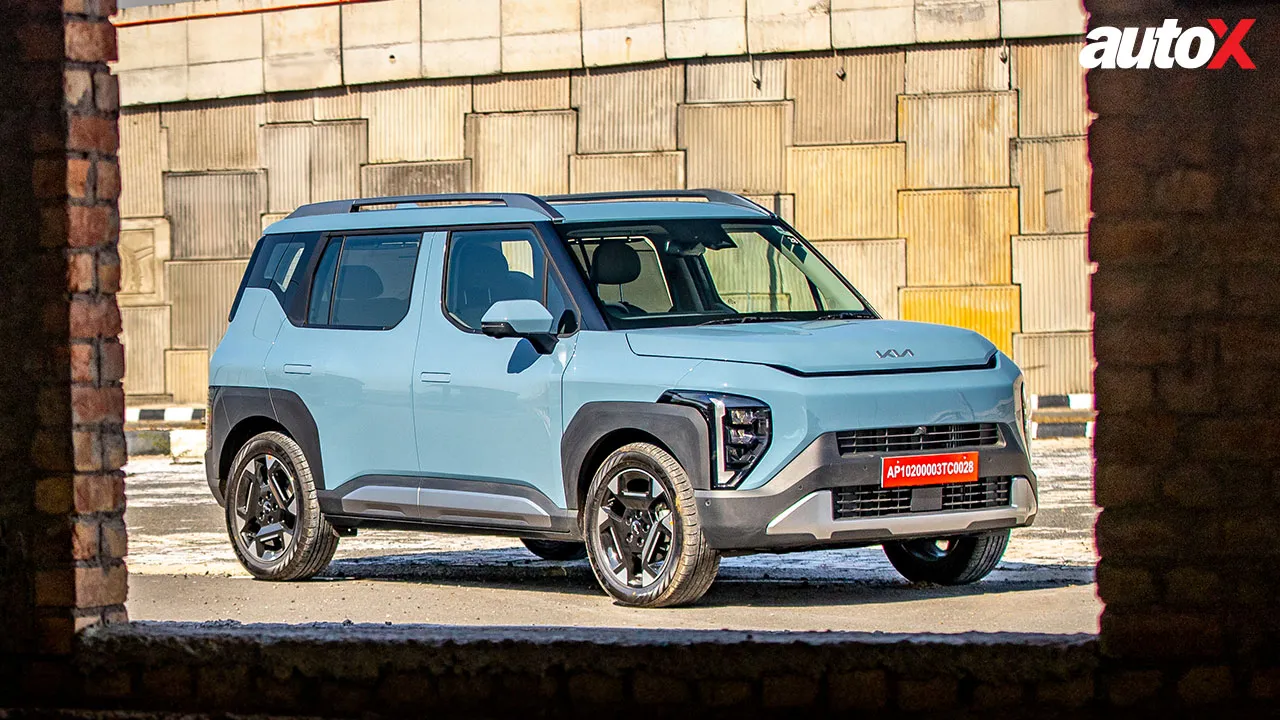

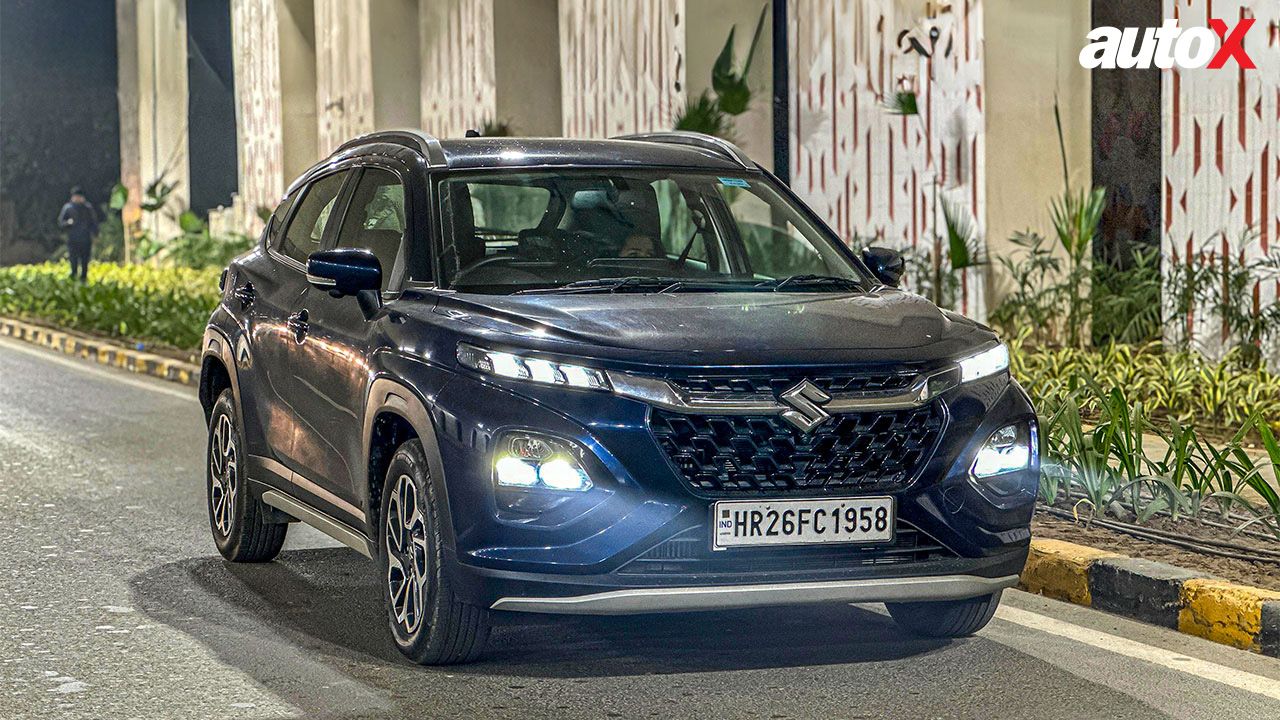
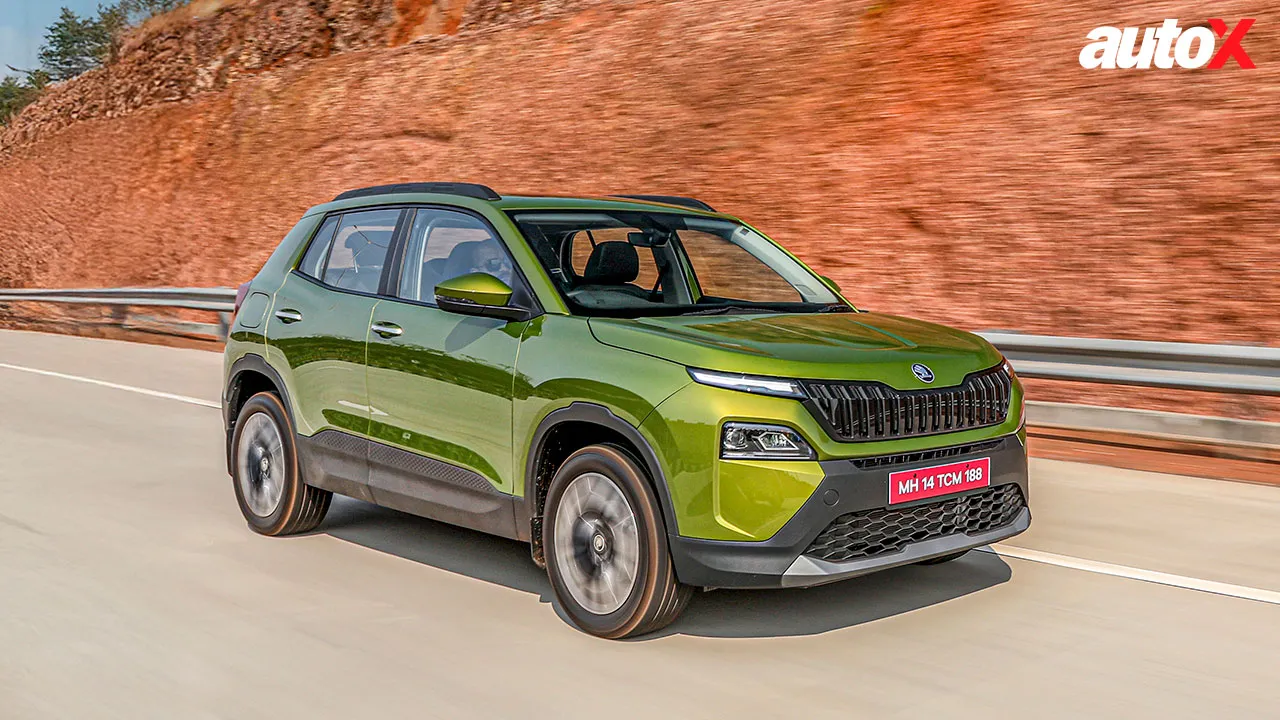
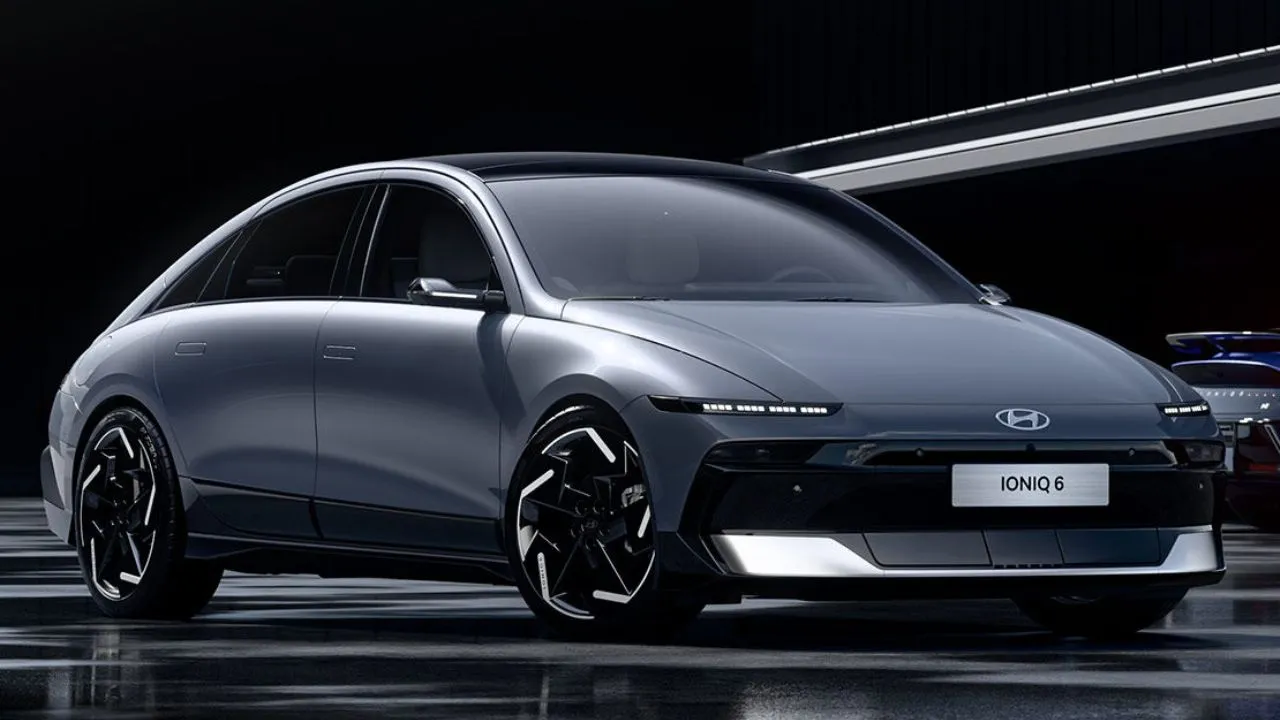



















Write your Comment on